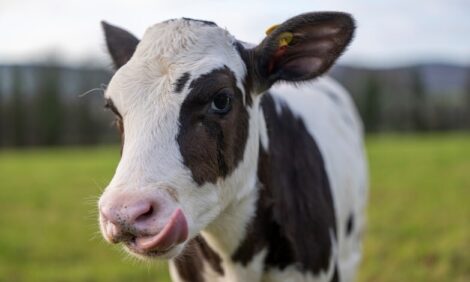



Walmart’s entrance into beef supply chain not expected to drive near term changes to cattle industry
If beef strategy proven successful, more significant investments, vertical integration and market entrants may follow.Walmart, the largest food retailer in the US, officially entered the beef business in January when it opened a case-ready beef plant in Georgia after establishing its own Angus supply chain. Creating an end-to-end beef supply chain is the latest step Walmart has taken in its vertical integration strategy for food and toward its stated goal of improving the quality of its food offering, according to a new report from CoBank’s Knowledge Exchange division.
If Walmart’s new beef plant and Angus supply chain succeed, it could lead the retail giant to take another step up the supply chain towards the producer. That could be in the form of harvesting fed cattle or through a joint venture with a current packer.
“Walmart sees opportunity and is moving up the supply chain at a time of historically high margins for beef processors,” said Will Sawyer, animal protein economist with CoBank. “We believe their current beef strategy is something of a test, not only for Walmart and its suppliers, but also its customers.”
The new plant will cut and prepare steaks and roasts produced by Walmart’s Angus beef supply chain for 500 stores in Florida, Georgia, and Alabama. Walmart will need to convince customers that the attributes of its beef, which is hormone-free, traceable, and potentially of higher grade, make it worth buying at a premium price.
“While Walmart’s new beef strategy could make waves for the industry in the future, in its current state we don’t see it shifting the price and leverage dynamics of US beef production,” said Sawyer. “By our calculations, this new supply chain will account for less than 5 percent of Walmart’s US beef business and less than 0.5 percent of US beef production.”
However, the fact that the largest US food retailer and beef buyer has entered secondary beef processing reveals the state of the industry overall as a complicated and opaque supply chain but with climbing packer margins.
US cattle producers, feeders, and packers will not likely suffer any significant near-term changes from Walmart’s entry, but its success could lead Walmart to make a bigger move in the future. Other retailers will be watching how Walmart fares. Potential new entrants may also see opportunity to add value and capture margin, a reality that the rest of the supply chain should expect more of in the future.
Watch a video synopsis and read the report, “Walmart’s New Beef Plant is More Sizzle than Steak, For Now,” at cobank.


